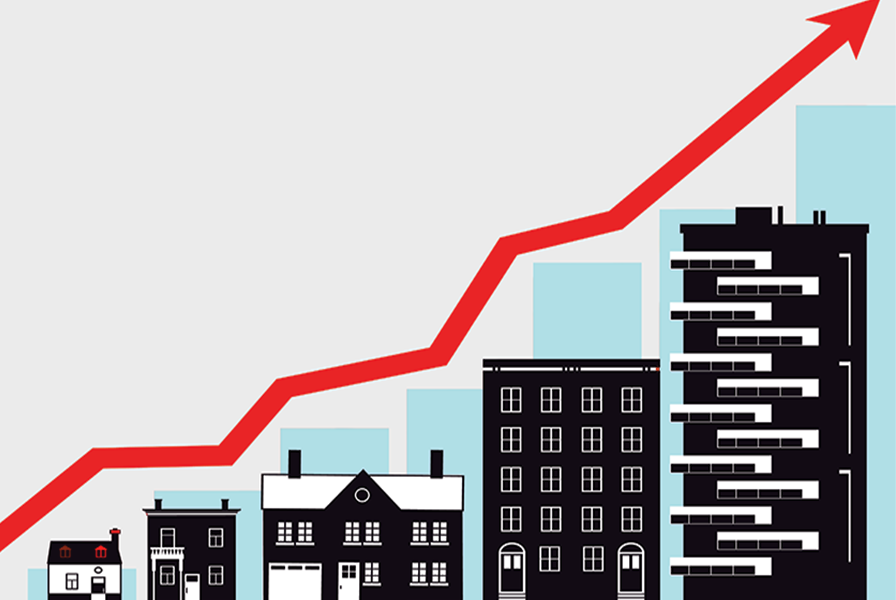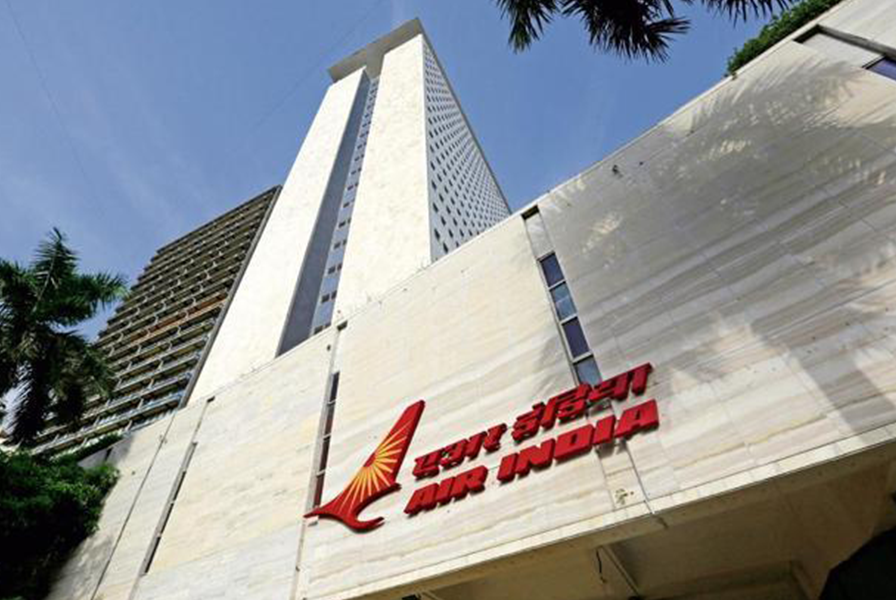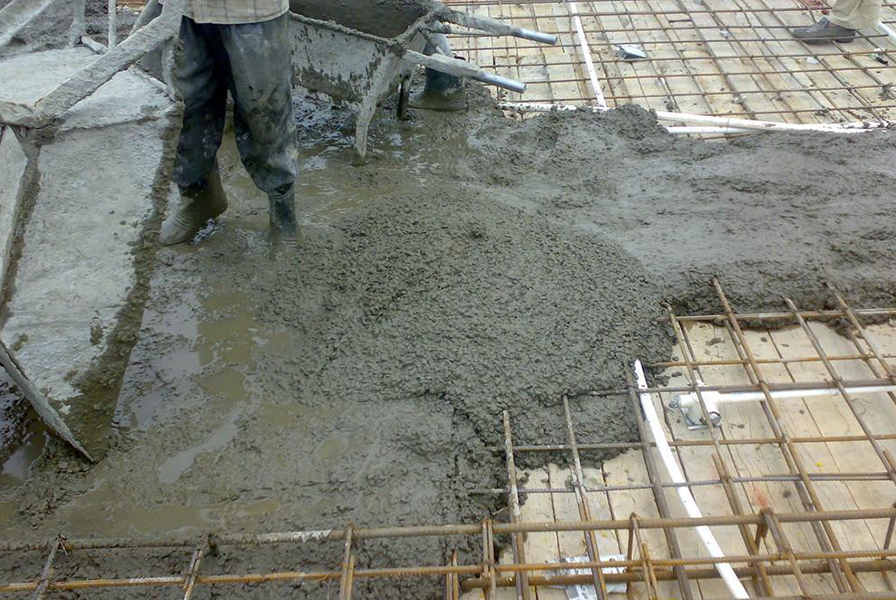
To the substantial relief of all stakeholders, India's battling realty part is currently settling to some degree. Thus, land IPOs are likewise picking up energy.
10 Years ago (2007-08), prior to the worldwide money crisis that hit markets around the world, as well as D-street, the Indian initial public Offering (IPO) market delivered a stellar show with overall Rs. 41,300cr funds raised, creating India the fifth-largest market in volume and seventh-largest in price terms. However, once the worldwide economic retardation in 2008, the capital markets crashed and therefore the numbers fell to an occasional of Rs. 2,030cr. The consecutive years additionally saw a restricted variety of IPOs being filed.
Regardless, as of 2017-18, a revival within the Indian IPO market has been witnessed. Forty five firms have resorted to raising much-needed capital via the IPO route. A record of about Rs. 82,100cr has been put together raised by these firms; a large three-fold jump from previous years’ Rs. 28,200cr and virtually double the 2007’s IPO figure.
Solid residential liquidity, a flexible Indian economy, a surge in foreign institutional investors and up capitalist sentiments has pushed the IPOs chart north.
Indian Realty: Pre and post global recession:
Before global financial devastation that shakes the world, including India, the real estate sector was at its peak. Till then, the wave of financial rises allowed banks to give credit to large-scale borrowers; that results in a sharp rise in foreign capital inflows and domestic liquidity.
Later 2013, the story changed and the previous roar of the Indian real estate sector first sank to a murmur before falling silent. The cash crunch, coupled with high inflation and execution delays, forced housing buyers to postpone their purchase decisions. That impacted sales and property prices, leaving developers with huge piles of unsold inventory.
Battling massive negative cash flows, many developers also failed to deliver their promised projects. Things worsened when high-risk provisioning was assigned to the real estate sector as various realty firms either defaulted or faced bankruptcy. Banks became reluctant to lend to developers as they were already burdened with non-performing assets (NPAs) from before.
As a result, IPOs, an alternate source for cheap capital, also slowed down because of weakened consumer sentiments in the backdrop of deteriorating builders' reputation, who failed to live up to their promises, thus causing buyers to feel the brunt of delayed delivery of projects.
Many builders then resorted to overseas funding, private lending, and qualified institutional placements (QIPs) which allowed only listed companies to raise funds, and non-banking finance companies (NBFCs), which charged steep interest rates.
Deciphering the BSE Realty Index:
The BSE Realty index, which reflects the performance of top-listed real estate players, was at its peak until 2008. After that, the index witnessed a slump due to weak macroeconomic conditions, rising unemployment, and declining real estate demand. However, the recent spate of reforms, including demonetization, RERA, and Goods and Services Tax (GST), has helped the market conditions improve due to increased transparency and accountability. With this, the realty index also seems to be heading north now.
Till date, around 16 private realty players and two government-owned real estate companies have opened their shares to the public. Of this, DLF (issued in 2010) owns the highest issue size of Rs. 9,000cr till date. In the consecutive five-year period, from 2011-16, there were no large-scale IPOs issued by big real estate players.
Government-owned Housing and Urban Development Corporation's (HUDCO) IPO filing in May 2017 and National Buildings Construction Corporation Limited's IPO filing (NBCC) in April 2018 received manifold subscription due to their diverse businesses. While HUDCO emphasizes financing urban infrastructure and housing, NBCC has a hard focus on civil construction projects, civil infrastructure for the power sector, and real estate development.
Realty IPOs Gaining Momentum:
The struggling real estate sector is now stabilizing to some extent. As a result, real estate IPOs are also gaining momentum. Reports suggest that some of the developers are planning to raise funds through public offerings.
One predominant factor contributing to this surge are the improving economic parameters, including GDP growth rate. Also, RERA implementation in 2017 raised the confidence of investors and end-users of real estate. Indian real estate sector has transformed into an organized one, with improving transparency and accountability providing a hope.
Good Times Ahead?
Looking at the record-breaking number of IPOs in 2017-18, the current revenue of government is also likely to remain strong with numbers suggesting that India Inc. may collectively rise over Rs. 2, 00,000cr in equity and equity-linked offerings. Real estate IPOs are once again getting ready to ride the revival wave.
Write your comments






